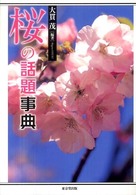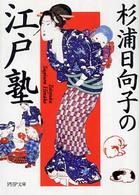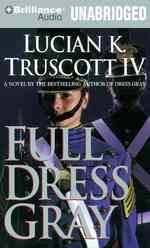- ホーム
- > 洋書
- > 英文書
- > Literary Criticism
Full Description
Drawing on an ethnographic study of novel readers in Denmark and the UK during the Covid-19 pandemic, this book provides a snapshot of a phenomenal moment in modern history. The ethnographic approach shows what no historical account of books published during the pandemic will be able to capture, namely the movement of readers between new purchases and books long kept in their collections. The book follows readers who have tuned into novels about plague, apocalypse, and racial violence, but also readers whose taste for older novels, and for re-reading novels they knew earlier in their lives, has grown. Alternating between chapters that analyse single texts that were popular (Albert Camus's The Plague, Ali Smith's Summer, Charlotte Brönte's Jane Eyre) and others that describe clusters of, for example, dystopian fiction and nature writing, this work brings out the diverse quality of the Covid-19 bookshelf.
Time is of central importance to this study, both in terms of the time of lockdown and the temporality of reading itself within this wider disrupted sense of time. By exploring these varied experiences, this book investigates the larger question of how the consumption of novels depends on and shapes people's experience of non-work time, providing a specific lens through which to examine the phenomenology of reading more generally.
This timely work also negotiates debates in the study of reading that distinguish theoretically between critical reading and reading for pleasure, between professional and lay reading. All sides of the sociological and literary debate must be brought to bear in understanding what readers tell us about what novels have meant to them in this complex historical moment.
Contents
The Readers
Introduction
1: Time and What to Do in It
2: Plague Literature and the Question of Allegory
3: The Novel of Confinement
4: Old Books in New Times
5: Reading Outdoors
6: Reading Summer in Summer 2020
7: Reading the Romance
8: Reading About Race
9: Long Reads
Appendix: The Surveys








